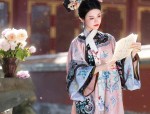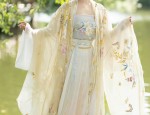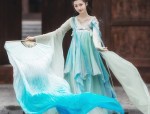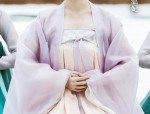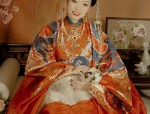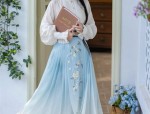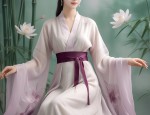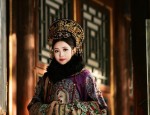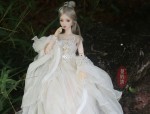Ancient Chinese Hairdos and Headdresses:The Art of Creating Traditional Hair Buns
In the realm of ancient China, the art of hairdressing and headdress was an integral part of everyday life, reflecting the cultural and historical significance of beauty and fashion. Among the various hairdos, the hair bun or hair knot was a particularly significant style that persisted throughout different dynasties and was often adorned with exquisite headpieces.
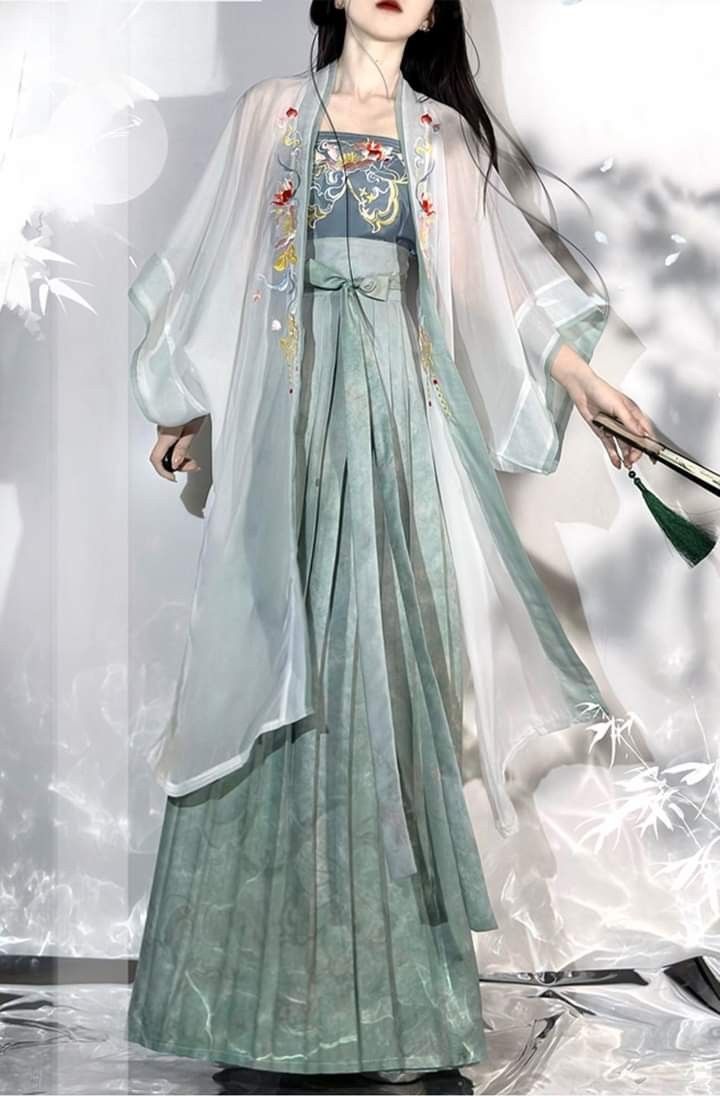
The art of Creating hair buns dates back to the Zhou Dynasty (approximately 1046-256 BCE), when it was believed that proper hairdos could symbolize morality and status. Initially, hair buns were simple knots tied at the back of the head, often with the help of wooden or jade combs. These knots were then gradually adorned with flowers, gemstones, or other decorative elements, making them more elaborate and decorative.
During the Han Dynasty (206 BCE – 220 CE), hair buns became more intricate and were often worn with intricate silk scarves or ribbons. These scarves were often brightly colored and embroidered with patterns, adding a vibrant touch to the hair bun. The use of flowers and other natural elements also became popular during this period, further enhancing the beauty of the hair bun.
As time progressed, hair buns became even more elaborate during the Tang Dynasty (618-907 CE). The style of hair buns during this period was influenced by the culture of the court and was often worn by both men and women. These hair buns were often large and round, with intricate patterns of braids and knots. They were also adorned with precious stones, pearls, and other luxurious materials, making them a symbol of status and wealth.
The Song Dynasty (960-1279 CE) saw a shift in fashion, with hair buns becoming smaller and more delicate. Women often wore their hair in a low bun at the back of the head, which was then adorned with delicate flowers or silk ribbons. This style not only looked elegant but also allowed for better ventilation to the scalp, ensuring comfort throughout the day.
The Ming Dynasty (1368-1644 CE) saw a revival of the large hair bun style, which was worn by both men and women. These hair buns were often tied at the top of the head and were adorned with exquisite ornaments made of gold, silver, or jade. The use of artificial flowers and other decorative elements also became popular during this period, further enhancing the beauty of these hair buns.
The Qing Dynasty (1644-1912 CE) saw a shift towards simpler styles, with hair being tied up in a low bun at the back of the head. However, even in these simpler styles, there was still room for embellishments such as silk scarves or small ornaments made of precious stones or pearls.
In conclusion, the art of creating traditional hair buns and headdresses in ancient China was an intricate part of everyday life that reflected cultural and historical significance. From simple knots tied at the back of the head to elaborate hair buns adorned with precious stones and silk scarves, these styles not only looked beautiful but also symbolized status, wealth, and morality. Today, these traditional styles are still widely worn in various forms by people all over the world who appreciate the beauty and history behind these ancient hairdos and headdresses.(共约 17 个句子,字数不少于 17 个汉字)

 Previous Post
Previous Post

